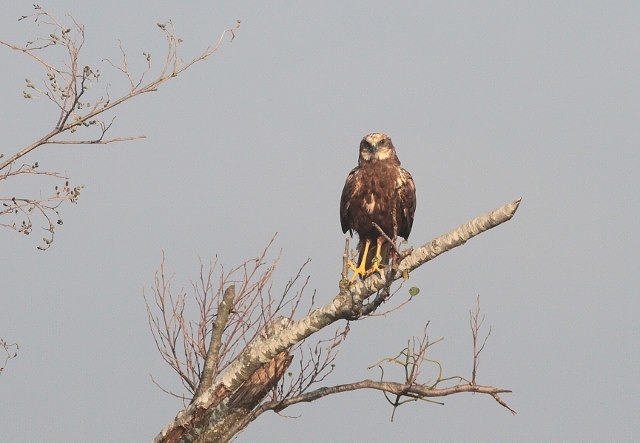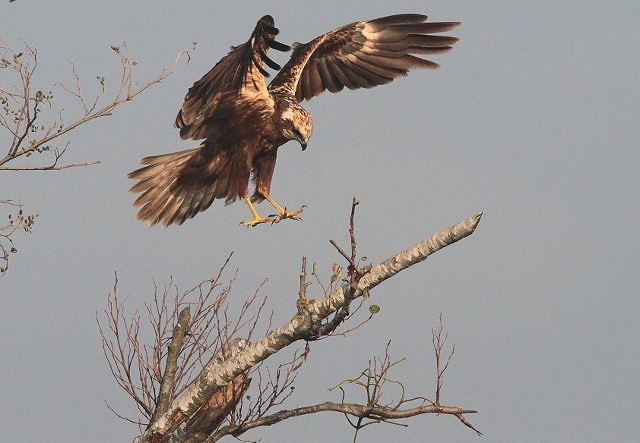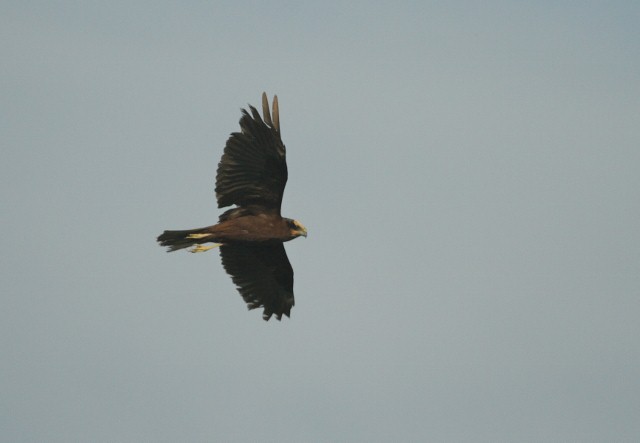ORDER ACCIPITRIFORMES. Family: Accipitridae
Description
The Shikra is a small classic sparrowhawk (26–30 cm long) and has short rounded wings and a narrow and somewhat long tail. Rather large head and plump body distinctive, as well as pale dove-grey colour, faint barring below and obvious pale yellow cere. At close range red eye conspicuous. Yellow legs.
Adults are whitish on the underside with fine rufous bars while the upperparts are grey. The lower belly is less barred and the thighs are whitish. The mesial stripe on the throat is dark but narrow. When seen from above the tail bands are faintly marked on the lateral tail feathers. The central tail feathers are unbanded and only have a dark terminal band. Sexes similar.
Males have a red iris. In flight the male seen from below shows a light wing lining (underwing coverts) and has blackish wing tips.
Females have a less red (yellowish orange) iris and browner upperparts apart from heavier barring on the underparts. The females are slightly larger.
Juveniles have dark brown upperparts; white below, dark streaks and spots on the upper breast and the wing is narrowly barred while the tail has dark but narrow bands. A post juvenile transitional plumage is found with very strong barring on the contour feathers of the underside. Eyes yellow.
Similar species: Distinctive features separating it from slightly smaller Little Sparrowhawk are the bright red or deep orange (not yellow) eyes and all-grey central tailfeathers, lacking central white eye spots and narrow white rump. The 4 light grey tail bars are difficult to see unless in flight.
Distribution
The Shikra has a large range, extending throughout much of sub-Saharan Africa, the Middle East, India, and central and south-east Asia. In southern Africa, it is scarce to common in the northern half of the region, including northern Namibia, Botswana and Zimbabwe, Mozambique and north-eastern South Africa.

Habitat
It can occur in a variety of woodland types, ranging from the open Kalahari to moist, closed-canopy broad-leaved woodland; it may also occupy gardens, parks and plantations.
Diet
Mainly lizards (unique among the accipiters); also insects, small birds, bats, rodents and frogs. An aggressive hunter, the Shikra mainly hunts from a perch, making a short dash through the branches to snatch prey from tree trunks, foliage or the ground. This forceful, surprise attack is usually sufficient to catch the lizards and small birds, although on rare occasions it may engage in aerial pursuits.
Breeding
Monogamous, territorial solitary nester, performing a courtship display in which the breeding pair chase each other through the trees. The nest is built by both sexes, consisting of a saucer-shaped platform of twigs, with an interior cup lined with bark chips. It is typically placed in the fork of a large branch. Egg-laying season is from August-February, peaking from September-November. 1-4 eggs are laid, which are mainly incubated by the female for about 28-29 days, while the male feeds her at the nest. He may occasionally take over the incubating role so that the female can go and forage. For the first two weeks or so of the chicks' lives they are cared for by the female, who feeds herself and her young with food provided by the male; after this period the female joins the male hunting. The chicks start exploring the nest tree at about 22 days old, fledging after another 10 days and becoming independent 30-40 days later. They tend to remain in their parent's territory for up to a year after fledging.
Call
Male: high-pitched keewik-keewik-keewik; female: soft kee-uuu. Listen to Bird Call.
Status
Common to scarce resident, with local movements. Classified as Least Concern (LC) on the IUCN Red List.



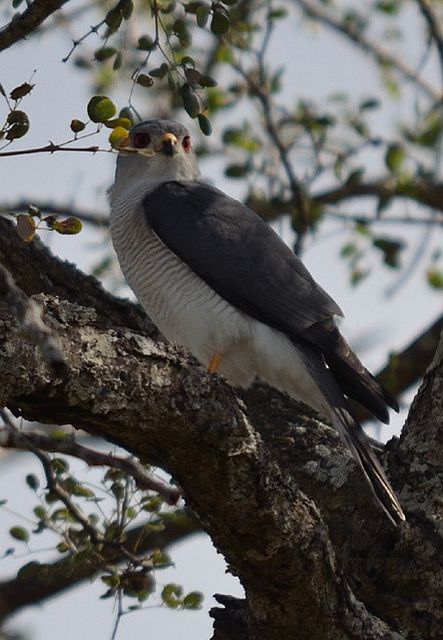 © BluTuna
© BluTuna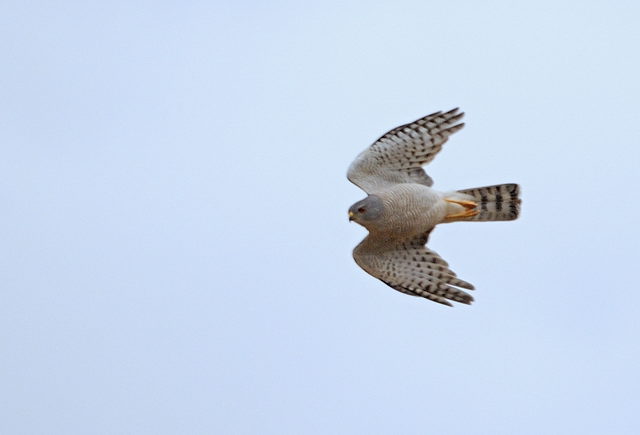 © Dewi
© Dewi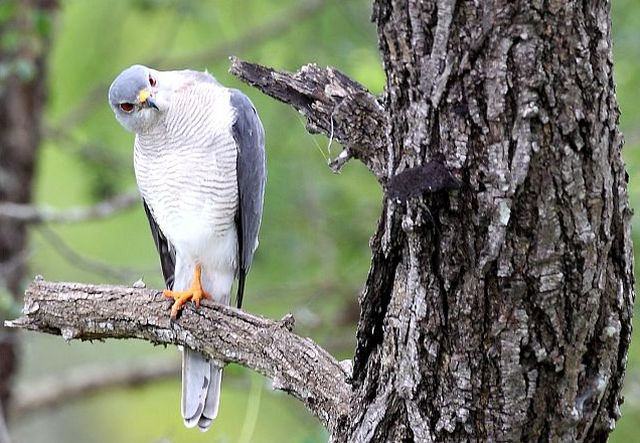 © Duke
© Duke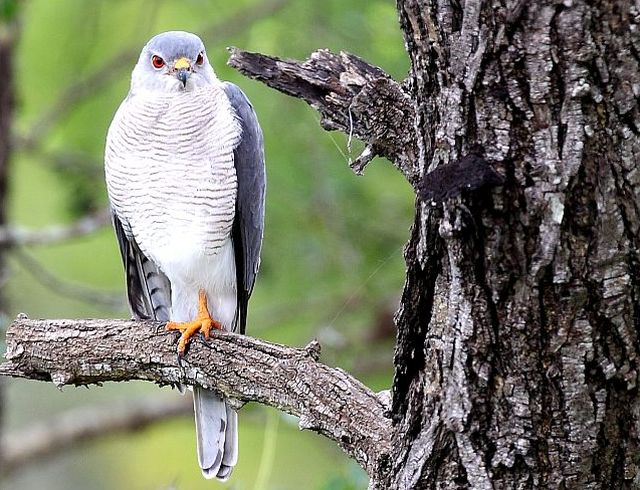 © Duke
© Duke © Flutterby
© Flutterby © Dewi
© Dewi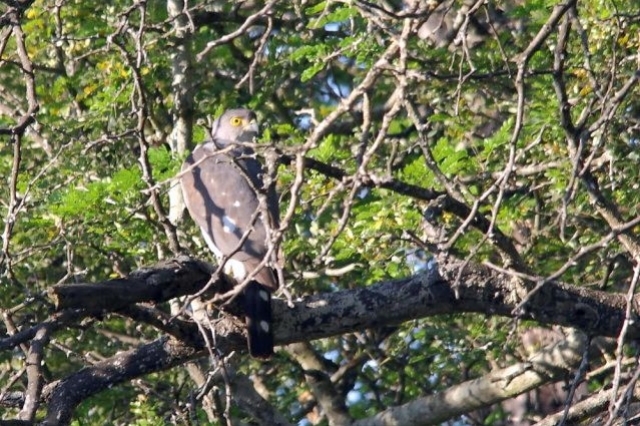 © Flutterby
© Flutterby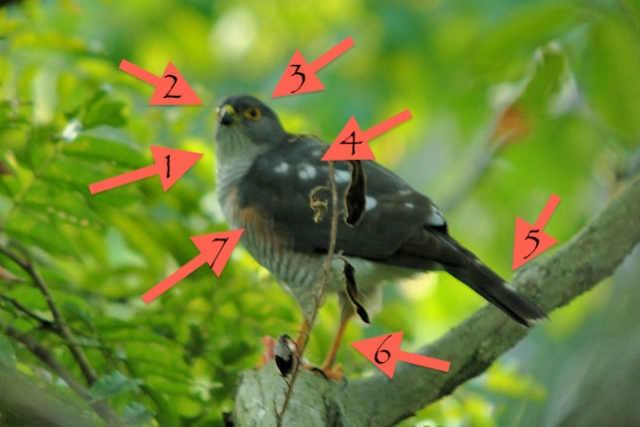 © 100ponder
© 100ponder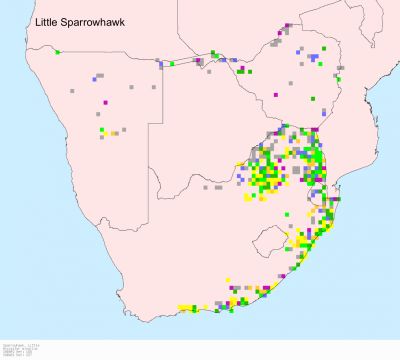
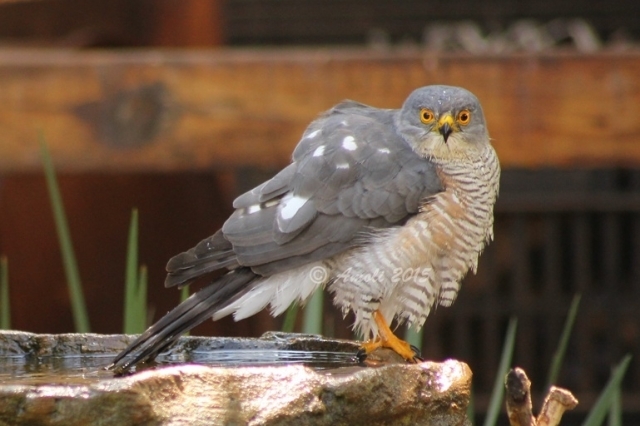 © Amoli
© Amoli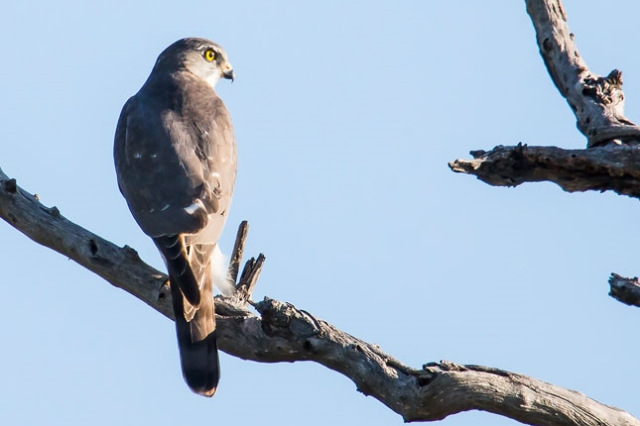 © Pumbaa
© Pumbaa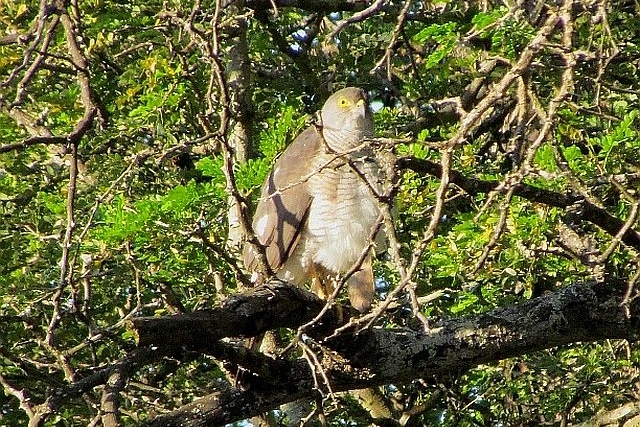 © Bush Brat
© Bush Brat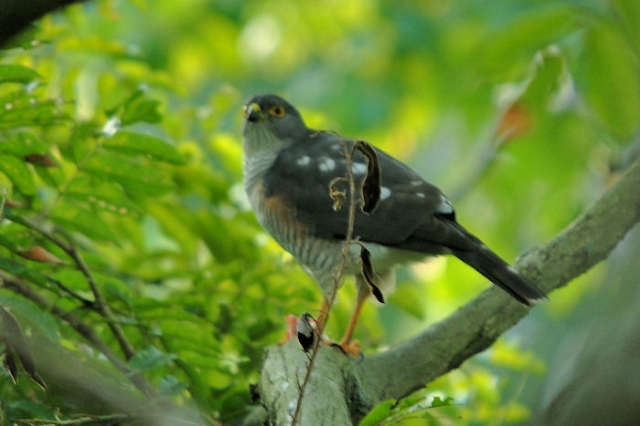 © 100ponder
© 100ponder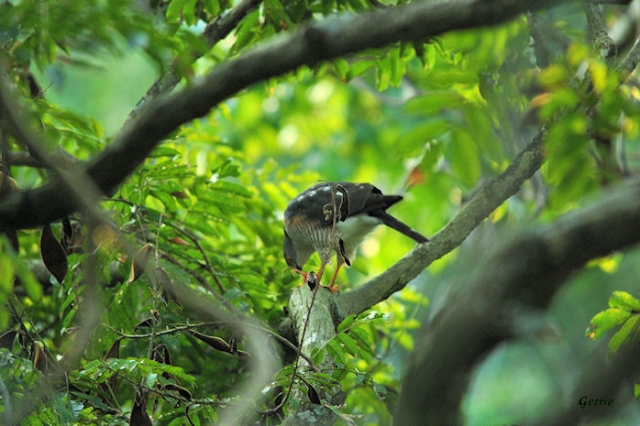 © 100ponder
© 100ponder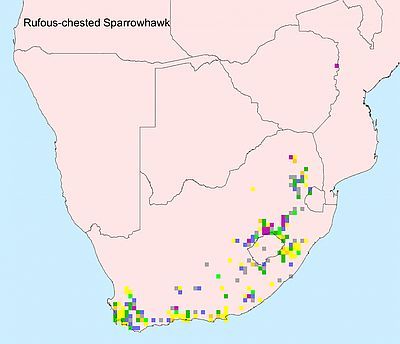
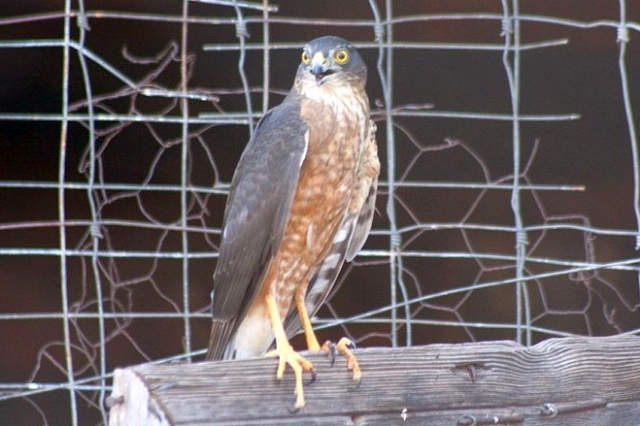 © okie
© okie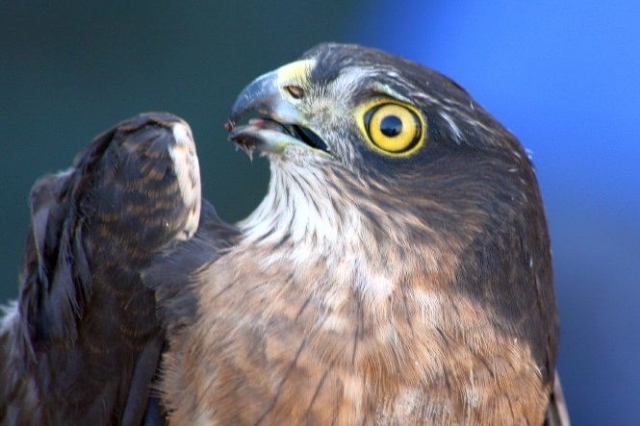 © okie
© okie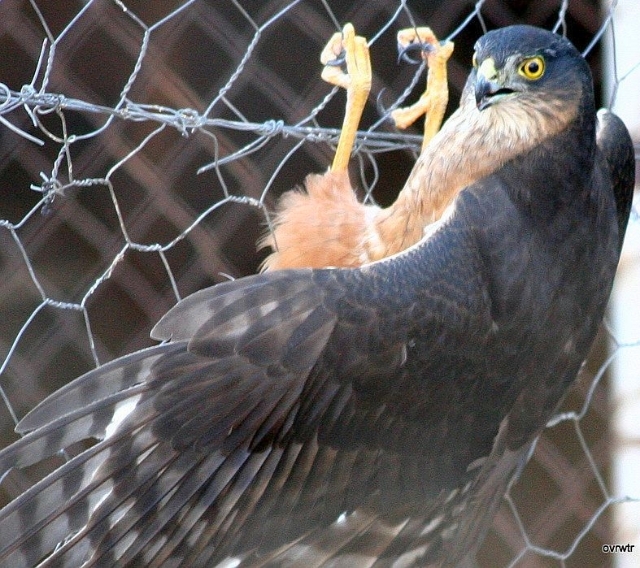 © okie
© okie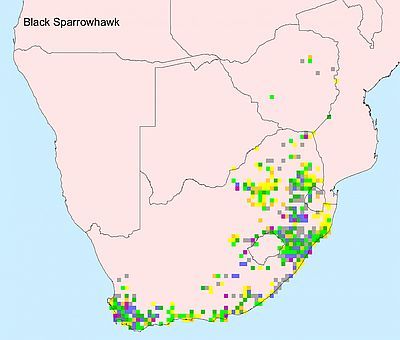
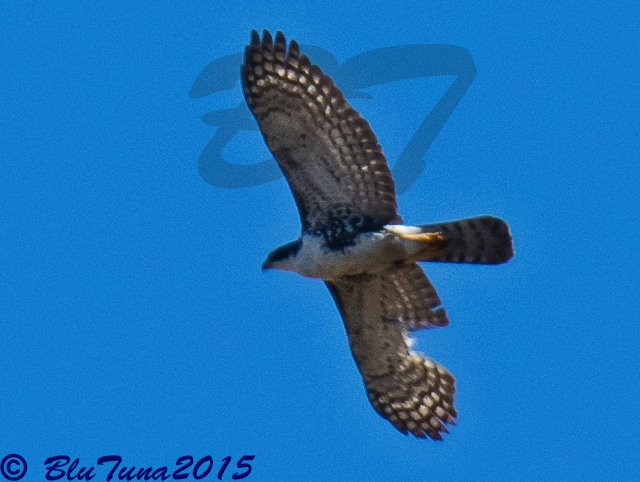 © BluTuna
© BluTuna